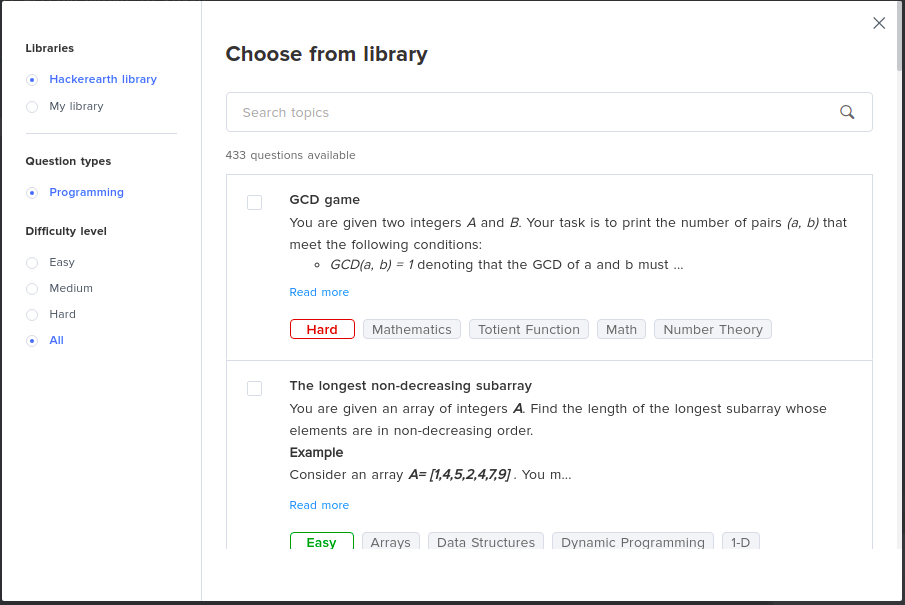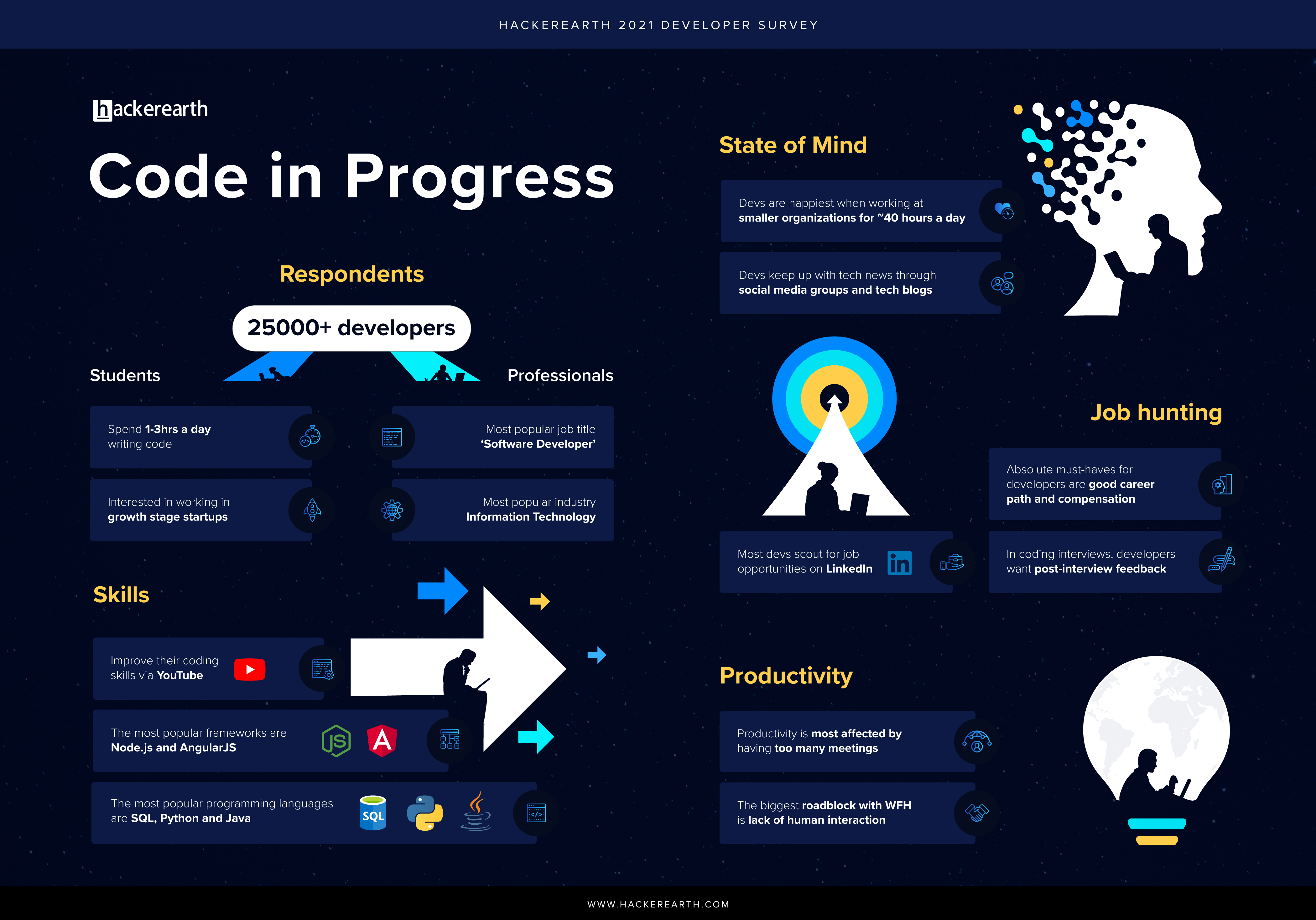The ongoing COVID-19 pandemic has changed the rules of the game in the workplace forever. There were countless shifts in different spheres of the labor force, and the transformation isn’t over yet.
Furthermore, the constantly changing environment forced employees to upskill to be part of the business. Because of the uncertain future, many faced anxiety and high-stress levels.
Realizing this, HR professionals today, more than ever, are focused on results and not the time spent at work, allowing employees to choose the place of work: in the office, remotely, or a hybrid mix of both.
Work from home became and still is a reality for many employees. Thus, the lack of physical proximity altered the traditional onsite recruitment processes.
What is an ATS?
An applicant tracking system or ATS is a software solution that organizes and manages the overall recruitment process – from the beginning to the end. Thus, accelerates many of the recruitment tasks in the HR department. Some ATS solutions enable onboarding possibilities, too.
Therefore, it’s no surprise that two-thirds of the senior executives started investing heavily in technology, automation, and AI.
But how does ATS streamline the job of HR professionals?
Well, the jobs in the HR department often entail juggling various work activities and constant multitasking. HR workers’ responsibilities include recruitment, training, firing, onboarding, hiring employees, conducting multiple administrative tasks, and managing employee benefits.
Alleviating some of these processes for them will make a huge difference. But ATS solutions take a lot off HR’s plate and make HR jobs more time-effective and efficient.
With online recruitment on the rise, an ATS is a must-have asset in the HR department. It streamlines and structures the recruitment process, filters candidates by skills and work experience, and preserves a valuable amount of data in both a fast and secure way.
Recommended read:21 Tech Recruiting Tools To Scale Your Hiring
How can ATS help improve the Remote Recruitment Process?

Statistics show that up to 87% of people in the U.S. will apply for a job opening via mobile if the process is straightforward. And an ATS solution provides just that. Some of the benefits of using an applicant tracking system include:
1. Simple Online Application
By making the application process easy and mobile-friendly, companies are ensuring to get a larger number of applications, thus a larger talent pool. This is especially important when HR professionals try to extend job postings to talents worldwide, reaching as many applicants as possible.
2. Applicant Screening & Filtering
Instead of going through each application manually and sorting out the ones that fit, ATS allows HR workers to select applicants by various filters. The ATS can eliminate the incompatible applications and surface those that meet the job requirements. HR professionals can filter them by work experience, skills, level of education, previous experience, and more.
3. Candidate Database
The ATS often acts as a centralized data system that saves all received applications. Even the applications of candidates that don’t pass the required filters or those that didn’t pass the job application processes can be preserved and used for future job openings.
Moreover, it allows HR professionals to find and suggest more suitable job offers to candidates previously rejected for other job openings. Thus, by utilizing ATS for recruitment, HR professionals, instead of having to source candidates for new job openings, can opt for candidates’ talent pool for future job roles.
4. Instant Messaging & Communication
ATS helps HR workers filter job applications. Still, it also helps during the interview process by scheduling interviews at the most appropriate times, offers possibilities of conducting online interviews, and more, all in one centralized workplace.
5. Onboarding Experience
Besides the recruitment process, ATS can streamline the onboarding experience, too. New employees can get the company’s guidelines and policies, videos, and documents about company culture, reading materials, and more. All these can provide the required information for the new hires and create a sense of belonging to the company.
6. A Better Understanding of Candidates
By leveraging ATS for recruitment, HR teams can easily get a clearer picture of the types of applicants for job positions. They may discover what criteria are crucial for a particular job opening and see similarities among applicants. Lastly, this can make HR professionals predict and better understand the right candidates for each role.
The data obtained by the ATS can be exported for further analysis, ensuring an easy data export and management.
Recommended read: How Your Tech Stack Can Help You Hire Top Talent
What are the pros and cons of ATS?
Of course, as with any other software solution, ATS can have its advantages and disadvantages. Speaking of the former, ATS can:
- Streamline and simplify the recruitment process
- Shorten the selection of candidates
- Reduce administrative tasks
- Minimize or eliminate job advert expenses and agency fees
- Select the right candidates for the job roles
On the other hand, there are some issues regarding the application process. For instance, 75% of the applicants are rejected via ATS because of a mismatch with the required keywords for the job opening. However, candidates can tip the odds in their favor by optimizing the resume with this in mind.
Moreover, the recruiters can get all the submitted applications, even those that did not pass the required filters or were not compatible with the job opening.
Also, applicant tracking systems can be costly. Still, the price depends on the size of the business and what features it offers.
How can Candidates Optimize for ATS?
Up to 62% of employers admit that when using ATS for recruitment, some qualified candidates are automatically filtered out by mistake. But still, there are things that applicants can and should do to minimize this:
- Optimize the application for relevant keywords – To be sure they are on the right track, applicants can use the specific keywords used to describe the job description and the requirements.
- Double-check the application – Sometimes only one typo can be the reason for an application to be filtered out of the vetting process. Therefore, a careful double check before applying is a must.
- Keep things simple – Using many colors, designs, and fonts may seem like a good idea for a resume to stand out. However, the reality is that those may reflect negatively on the ATS. Simpler solutions are always better. Those include using only two colors and only one font, as well as sending the resume in a PDF format.
- Useful and relevant information only – Instead of listing all work experiences, applicants should stick to those only relevant to the position they are applying for. The same goes for all other information in the resume. Moreover, applicants should stay away from unique job titles such as programming wizard, marketing mastermind, and others, which will be probably undetected by the ATS software.
- Give resumes a human touch – Applicants must remember that even though they are optimizing the application for an ATS software, they are reaching out to the recruiters i.e., humans as well. The application should read naturally and follow the tone of the company, too.
Conclusion
An ATS is a smart solution that can be of great aid for recruiters and HR specialists. Its time-effective nature alleviates the recruitment process, especially when hiring remotely and internationally.
With an increase of 30% in recruiter’s productivity, the advantages of using an ATS in daily work outweigh the few disadvantages. Finally, with the automation of manual tasks and allowing HR teams to focus on attracting quality employees and top talents, companies gain an advantage over their competitors.






 Add questions on the fly during interviews via library options.[/caption]The update allows interviewers to add questions form both the libraries even in the middle of a live remote interview. This helps in the following ways:
Add questions on the fly during interviews via library options.[/caption]The update allows interviewers to add questions form both the libraries even in the middle of a live remote interview. This helps in the following ways: Sharing reports via public URL just got easier![/caption]
Sharing reports via public URL just got easier![/caption] 


































